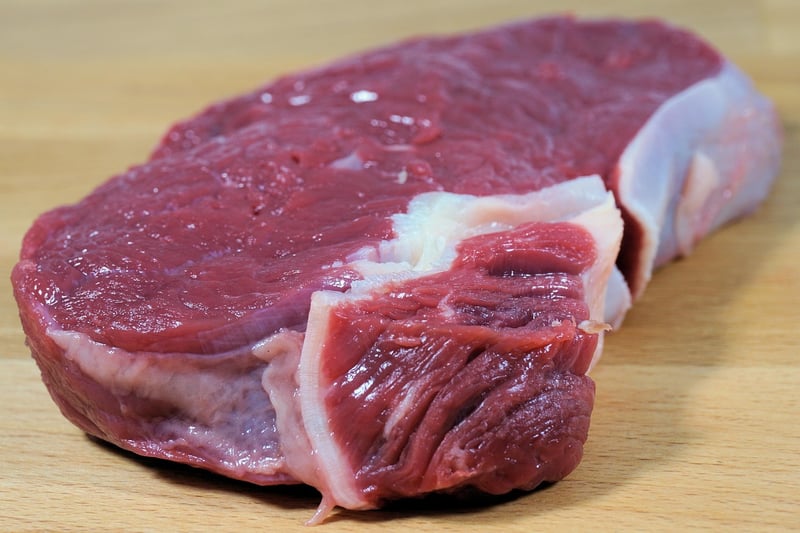Food Storage
Enhance Your Culinary Knowledge: Food Storage Tips
Introduction
Whether you are an aspiring chef or a home cook, understanding the basics of food storage is essential for maintaining freshness, flavor, and safety in your kitchen. This article will provide you with valuable tips on how to properly store various types of food items to maximize their shelf life and keep your meals delicious.
General Food Storage Tips
- Always check the expiration dates on packaged foods and follow the "first in, first out" rule to use older items before newer ones.
- Store perishable items like meat, dairy, and eggs in the refrigerator at or below 40°F (4°C) to prevent spoilage.
- Use airtight containers or resealable bags to store dry goods such as flour, sugar, and grains to keep them fresh and free from pests.
- Keep fruits and vegetables in the crisper drawer of your refrigerator or in a cool, dark place to maintain their freshness and nutritional value.
Specific Food Storage Techniques
1. Meat and Poultry
Store raw meat and poultry on the bottom shelf of the refrigerator to prevent juices from dripping onto other foods. Use airtight containers or freezer bags for long-term storage in the freezer.

2. Dairy Products
Keep dairy products like milk, cheese, and yogurt tightly sealed in their original packaging in the refrigerator. Avoid storing dairy near strong-smelling foods as they can absorb odors.

3. Fruits and Vegetables
Store fruits like apples and bananas separately from vegetables to prevent premature ripening. Use breathable bags or containers for storing produce to maintain optimal freshness.

Conclusion
By following these food storage tips and techniques, you can ensure that your ingredients stay fresh, flavorful, and safe to consume. Proper food storage not only minimizes waste but also enhances the quality of your meals, allowing you to enjoy delicious dishes every time you cook.
Remember, a well-organized kitchen with proper storage practices is the key to culinary success!
